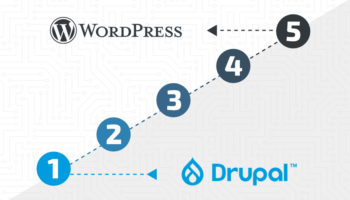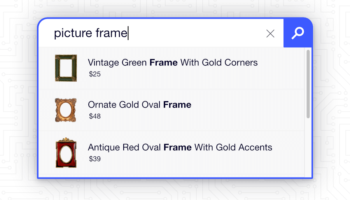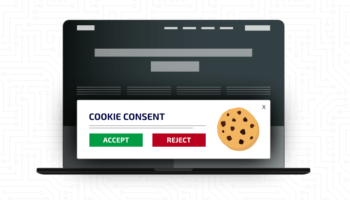Business To Business (B2B) Services Buyers and Consumer Product Buyers (B2C) have different perspectives on the purchasing process because they are in two completely different places emotionally.
Research buying in B2B is gaining momentum because, for the majority of business services buyers, they are looking fill a need and to lower their personal risk. The risk associated with the purchase and associated business relationship may be long term.
Research has less of an influence as consumers are looking to fill a specific need then find the best value. In B2C the relationship is likely over after the purchase is complete.
If I am looking for a camera, for example, I am seeking something to meet my needs and value the opinions of previous buyers – I am likely to research the product I want, make a decision and then seek the best price. The risk is low and only associated with money I spent and my wasted personal time.
When I am seeking a business solution, my perspective is much different. I have a need to fulfill, but I am focused on lowering my personal risk associated with that decision. If I make a bad choice, that bad choice could negatively impact my next performance review, my current position or my future with the company. If that is an enterprise level decision – let’s say involving the purchase and implementation of a new software system for example, a poor choice could hurt the future of the company and the security of all employees. Conversely, if it is a good choice that is expected and part of my job description. The upside is low and the downside can be catastrophic. Research buying is driven by fear – the fear of the unknown.
This desire to lower risk is, in part, why business buying is becoming more personal – we all have the power to lower our own risk related to purchasing the services we are responsible for. We are also more accountable for that decision because the resources are readily available to complete effective research.
No one wants to make a bad choice, so how do we lower our risk associated with a vendor?
Most of us can quickly determine through comparison or referral that competence exists. If the software or service we research claims to meet our needs, it likely will. Once we assess that competency exists, then the next factor in lowering risk is uncovering what is behind door #1 – the company and the people associated with it. That is why, with SMEs (Small & Medium Sized Enterprises), most buyers are researching the firm before they buy.
Check you server stats
I bet in the past five years the number of visits to your about us page has increased dramatically and that page is now a top content areas of your site. With SMEs, organizations are small enough that the experience, knowledge, education, specialization and philosophy of key members of a management team will likely influence your customer experience.
We all want to know the people and philosophy behind the product or service we are considering. We want to hear from customers, read management bios, read what you have written about your industry, see who you are professionally connected with and what type of on line and off line relationships you have built. The more information we have, the more able we will be to align our vision with our perception of their vision for us. This desire to predict a low risk future will drive us to protect our job and our company.
As this desire for corporate transparency increases, we all must react to prospects needs by delivering relevant information the information they want. A lack of transparency will be an immediate stop.





